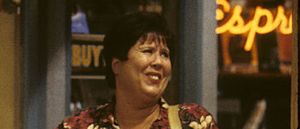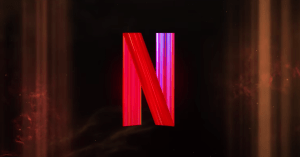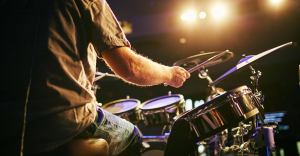One side-effect of life in quarantine has been the hesitancy to go out in public unless absolutely necessary, and this often does not include going to the dentist. According to TMZ, U.K. resident Billy Taylor was suffering from an infected tooth, and resorted to a pair of pliers to get rid of it.
Since Taylor wasn’t able to get an emergency dentist appointment, he took matters into his own hands and removed it himself. While the 33-year-old had prepped himself with a few shots of whiskey and some YouTube tutorials, Taylor described the hour-long process as both “bloody painful” and “hideous.” You can check out the full gallery here. Warning: they’re very graphic.
Videos by PopCulture.com
Dr. Heather Winther spoke to TMZ Live on Thursday to explain why self-dentistry is always a terrible idea. “The problem that happens is sometimes the whole tooth does not come out. So, a portion of it, or if only the top part breaks off, you’re still gonna be in pain, and you’re still gonna have to see the dentist, regardless.”
Host Harvey Levin then asked Winther what the day-to-day was like for her profession, given the circumstances created by the coronavirus. While she admits that they’re “considered probably at the highest risk to either be exposed to it or to give it to somebody,” she stressed that they had been taking all the necessary precautions. “The American Dental Association and the California Dental Association has given us some guidelines. They’re still figuring things out.”
Winther went on to offer some specifics about who the practice of dentistry was being modified. “We change our gowns between every patient, we wash our hands, now we’re wearing face shields and protective bouffants on our heads.” As far as feeling ready for work, she stated that “even the high-speed suction that we use on a regular basis is actually picking up 90 percent, or higher, of any aerosol that’s made during that procedure. So, I feel pretty safe going back to work.”
It currently states on the CDA’s that only dental emergencies will require care, and as Winther indicated, is light on specifics right now. However, on Friday, it did outline a three-tier plan on how patient care will “what is certain is that significant steps must be taken to restart the broader economy and dentistry.” This comes as a number of U.S. states are also nearing the end of their Stay-at-Home mandates and planning on reopening, despite a top coronavirus model suggesting that doing so may not be safe in some states until May or June.








